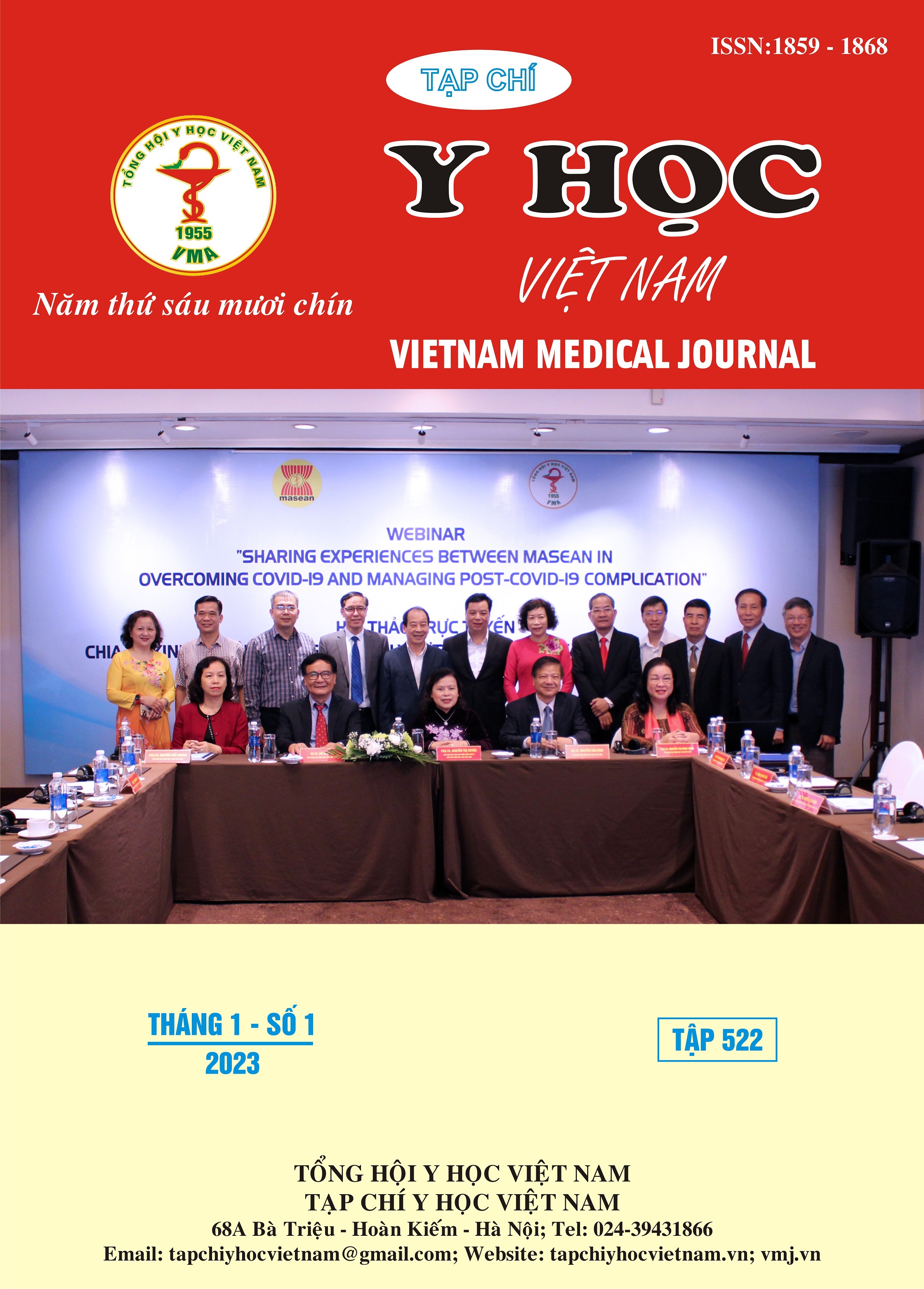Ô NHIỄM VI SINH VẬT TRONG SẢN PHẨM TỪ SỮA CHO PHỤ NỮ MANG THAI TẠI MỘT SỐ TỈNH/THÀNH PHỐ, 2020-2021
Nội dung chính của bài viết
Tóm tắt
Mục tiêu: Xác định mức độ ô nhiễm một số tác nhân vi sinh vật trong sản phẩm từ sữa cho phụ nữ mang thai tại một số tỉnh/thành phố, năm 2020-2021. Đối tượng và phương pháp: nghiên cứu mô tả cắt ngang, lấy mẫu chỉ điểm và xét nghiệm 4 chỉ tiêu vi sinh vật thường gặp của 1.500 mẫu sản phẩm từ sữa phụ nữ mang thai đang lưu hành tại 6 tỉnh/thành phố lớn. Kết quả được đối chiếu với Quyết định số 46/2007/QĐ-BYT, ngày 19/12/2007 của Bộ trưởng Bộ Y tế. Kết quả: Sản phẩm từ sữa dành cho phụ nữ mang thai đang lưu hành tại 6 tỉnh/thành phố có nguy cơ ô nhiễm cao nhất là phomat, chất béo và sữa lên men. Vi khuẩn nhiễm nhiều nhất là Listeria monocytogenes. Trong đó, có 6,00% mẫu phomat, 5,0% mẫu Cream dạng lỏng nhiễm E.coli. Có 2,22% mẫu Cream bột nhiễm Staphylococus aureus; 5,56% mẫu sữa bột, 3,0% mẫu phomat nhiễm Salmonella; có 3,33% mẫu bơ, và chất béo, 10,00% mẫu sữa lên men nhiễm Listeria monocytogenes. Kết luận: tình trạng ô nhiễm E.coli, Staphylococus aureus, Salmonella và Listeria monocytogenes vẫn còn xảy ra ở một số sản phẩm từ sữa dành cho phụ nữ mang thai, gây nguy cơ ngộ độc thực phẩm.
Chi tiết bài viết
Từ khóa
ô nhiễm, vi sinh vật, sản phẩm từ sữa
Tài liệu tham khảo
2. Van Kessel, J. S., Karns, J. S., Gorski, L., et al (2004), “Prevalence of Salmonellae, Listeria monocytogenes and fecal coliforms in bulk tank milk on US dairy farms”, J. Dairy Sci. 87, 2822–2830. doi: 10.3168/jds.S0022-0302(04)73410-4
3. Xing, X., Y. Zhang, Q. Wu., et al (2016), “Prevalence and characterization of Staphylococcus aureus isolated from goat milk powder processing plants”, Food Contr. 59:644–650.
4. Asao T (2003), “An extensive outbreak of staphylococcal food poisoning due to low-fat milk in Japan: estimation of enterotoxin A in the incriminated milk and powdered skim milk:, Epidemiology and Infection, 130:33–40.
5. André, M. C. D. P. B., M. R. H. Campos., et al (2008) “Comparison of Staphylococcus aureus isolates from food handlers, raw bovine milk and Minas Frescal cheese by antibiogram and pulsed-field gel electrophoresis following SmaI digestion”, Food Contr. 19:200–207.
6. Arcuri, E. F., F. F. Angelo, M., et al (2010), “Toxigenic status of Staphylococcus aureus isolated from bovine raw milk and Minas Frescal cheese in Brazil”, J. Food Prot. 73:2225–2231.
7. Mazurek, J.; Salehi, E.; Propes., et al (2003), "A multistate outbreak of Salmonella enterica serotype Typhimurium infection linked to raw milk consumption-Ohio”, J. Food Prot, 67, 2165–2170.
8. Liu, D. (2006), “Identification, subtyping and virulence determination of Listeria monocytogenes, an important foodborne pathogen”, Journal of medical microbiology, 55(6), 645-659.
9. Ireton K. (2006), Listeria monocytogenes. In: Chan VL, Sherman PM, Bourke B (Eds). Bacterial genomes and infectious diseases. 3rd ed. Totowa, USA: Humana Press Inc, 125-149.


